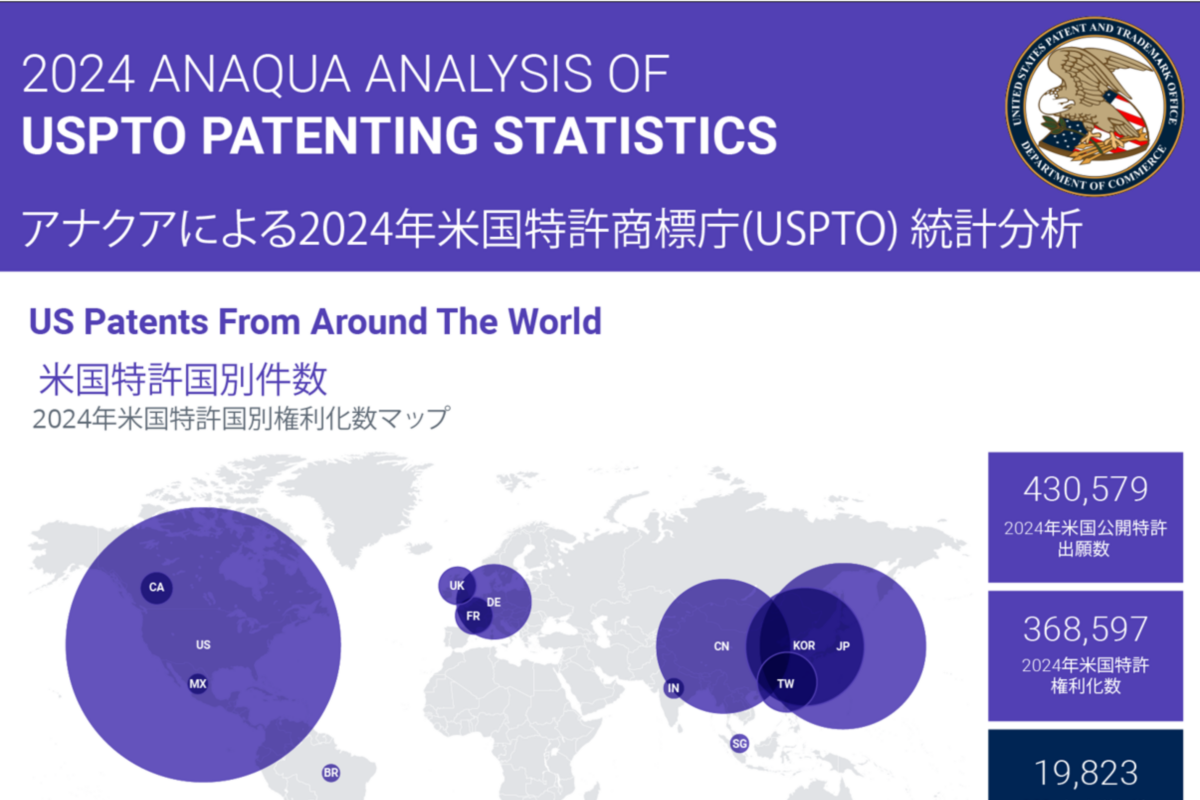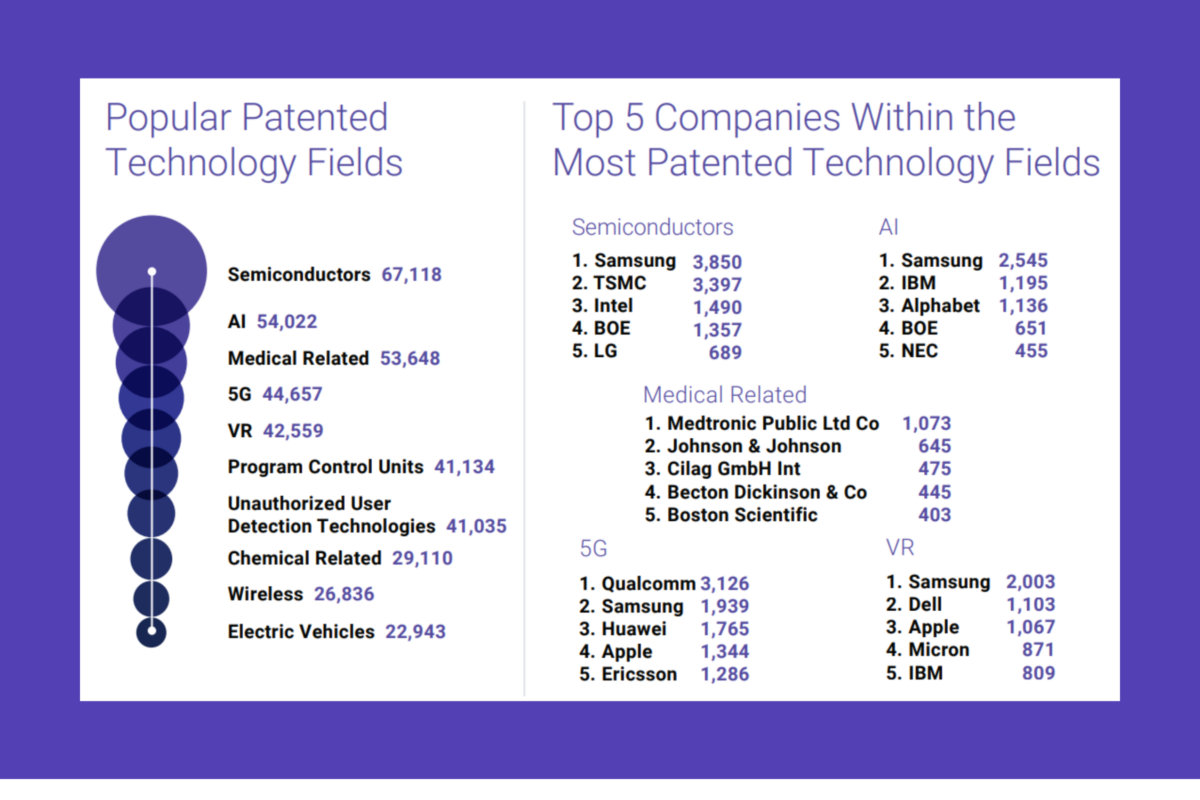This post is Part 1 of a three-part series.
The Emergence of AI Changes Patent Classification
Effective management of intellectual property (IP) assets is paramount for companies seeking to maintain their competitive edge and make informed strategic decisions in today's innovation-driven business landscape. A well-designed, technology-based patent classification system is a critical tool for organizations looking to unlock the full potential of their patent portfolio.
Many organizations have implemented classification schemes, but the effectiveness and accuracy of these systems can vary greatly. Some may struggle with poorly considered or inconsistent classifications, leading to missed opportunities and suboptimal decision-making. Others, even organizations with excellent classification schemes, can benefit from reviewing and refining their approach based on best practices.
With the advent of modern AI systems capable of classifying patents with accuracy on par with human subject-matter experts, maintaining high-quality patent classifications has become easier than ever. However, to fully leverage the power of these AI tools, it is essential to design your classification system in a way that optimally supports the strength of these tools.
What is a Technology-based Patent Classification System?
Patent classification systems serve various purposes, such as assigning patents to business units and engineering centers, and tracking licensing deals. These use cases often rely on factors beyond the technology described in the patent, such as business strategies, organizational structure, or licensing objectives. In contrast, AI excels at classifying patents based on the technology described within the patent itself. By focusing on the technical content of the patent, these auto-classifiers can accurately assign patents to technology-based categories without considering external factors like business unit structure or licensing objectives.
How Your Company Will Benefit
Prioritizing the development and maintenance of a robust, technology-based classification system for your patent portfolio unlocks benefits that can significantly enhance your organization's IP strategy, decision-making, and overall competitiveness.
Let's explore some of the key advantages you can gain by implementing such a system:
1. Strategic Alignment:
By categorizing patents based on their underlying technologies, you can align your patent strategy with your overall business objectives, ensuring that your IP investments support your company's goals and vision.
2. Insight and Analysis:
A technology-based classification system enables you to gain deep insights into your patent landscape, identify areas of strength and weakness, and make data-driven decisions to optimize your portfolio.
3. Competitive Intelligence:
Classifying your patents allows you to benchmark your portfolio against competitors, identify potential infringement risks, and uncover opportunities for licensing or collaboration.
4. Resource Optimization:
With a clear understanding of where your patent investments are being directed, you can allocate resources effectively, focusing on high-impact technologies and reducing spending on less critical areas.
5. Stakeholder Communication:
A well-structured classification system enables you to generate insightful reports and visualizations to communicate the value and impact of your patent portfolio to key stakeholders, including the CEO and board members.
6. Foundation for AI-Driven Analysis:
A well-designed technology-based classification system serves as the foundation for an AI-powered patent classifier. This AI classifier can be used to categorize the entire competitive universe of patents and align them with your own portfolio. By doing so, you can identify relative strengths and weaknesses, uncover technology areas that are unique to your organization, and gain a deeper understanding of your competitive landscape. This AI-driven analysis enables you to make more informed strategic decisions, identify potential opportunities for differentiation, and stay ahead of the competition.
Next Step: Planning Your Company's Patent Classification Scheme
Whether you are looking to establish a new classification scheme or enhance an existing one, adhering to best practices is crucial for success. These best practices ensure that your classification system is comprehensive, manageable, and aligned with your business objectives. By following these guidelines, you can develop a robust taxonomy that supports accurate patent categorization, enables meaningful analysis, and provides valuable insights for strategic decision-making.
Read More:
- Part 2: Best Practices for Creating a Technology-Based Patent Classification System
- Anaqua's AI Patent Auto-Classifier
Author: Matt Troyer, Senior Director, Product & Innovation




